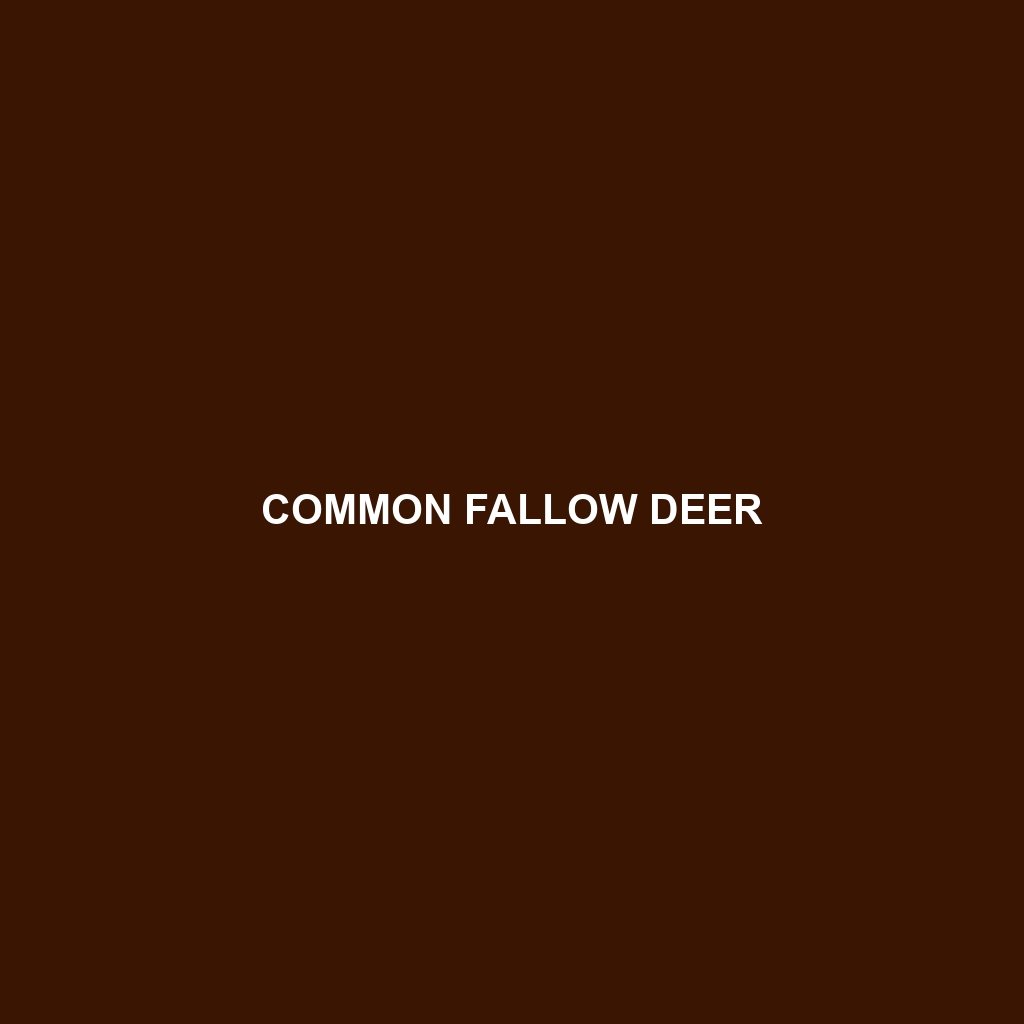Sika Deer: An Overview
Common Name: Sika Deer
Scientific Name: Cervus nippon
Habitat
Sika Deer are primarily found in East Asia, particularly in countries such as Japan, China, Taiwan, and parts of Korea. They thrive in various environments, including temperate forests, grasslands, and wetlands. These deer are adaptable and can often be seen in agricultural areas where they find ample food sources.
Physical Characteristics
Sika Deer typically weigh between 50 to 100 pounds and stand about 3 to 4 feet tall at the shoulder. Their coats vary in color from reddish-brown in summer to a greyish-brown in winter, often featuring distinctive white spots along their sides. Adult males display antlers that can grow up to 3 feet long, with a unique three-pronged structure, while females are generally smaller and antler-less.
Behavior
Sika Deer are known for their vocalizations, including a distinctive “barking” sound that can be heard during mating season. They are mostly crepuscular, being most active during dawn and dusk. Furthermore, these deer are social animals, usually forming small herds, and exhibit a variety of behavioral patterns such as foraging and grooming, which are vital for their social interactions.
Diet
The diet of Sika Deer consists of a range of plant matter, including grasses, leaves, berries, and bark. They are browsers and grazers, allowing them to adapt their feeding habits to the seasonal availability of food. Understanding their feeding habits is essential for conservationists studying their impact on their ecosystems.
Reproduction
Breeding season for Sika Deer usually occurs in the autumn months. Males engage in displays of dominance through vocalizations and antler combat. After a gestation period of approximately seven months, females give birth to a single fawn, which they carefully hide away from predators to ensure its safety during the early days of life.
Conservation Status
Currently listed as vulnerable by the International Union for Conservation of Nature (IUCN), Sika Deer populations face threats from habitat loss, hunting, and competition with domestic livestock. Conservation efforts are underway in some regions to help stabilize and protect their numbers.
Interesting Facts
Sika Deer exhibit a unique trait known as “fawn spotting,” where their young display white spots for camouflage against predators. Additionally, these deer have been introduced to various parts of the world, including North America and Europe, where they have established feral populations.
Role in Ecosystem
As herbivores, Sika Deer play a critical role in their ecosystem by contributing to seed dispersal and vegetation management. Their feeding habits help shape plant communities, which in turn supports a wide variety of wildlife, making them a vital link in the ecological chain.
